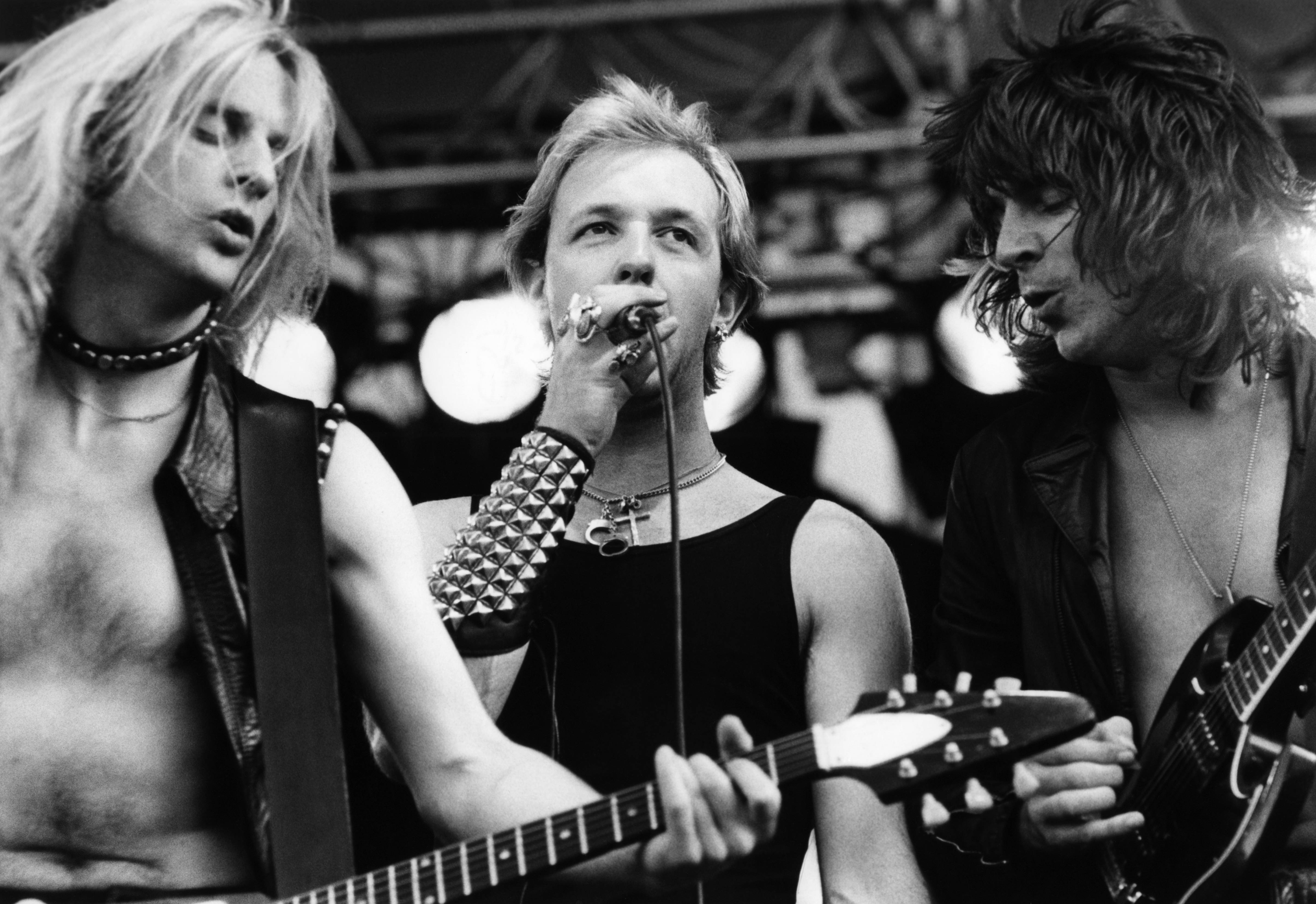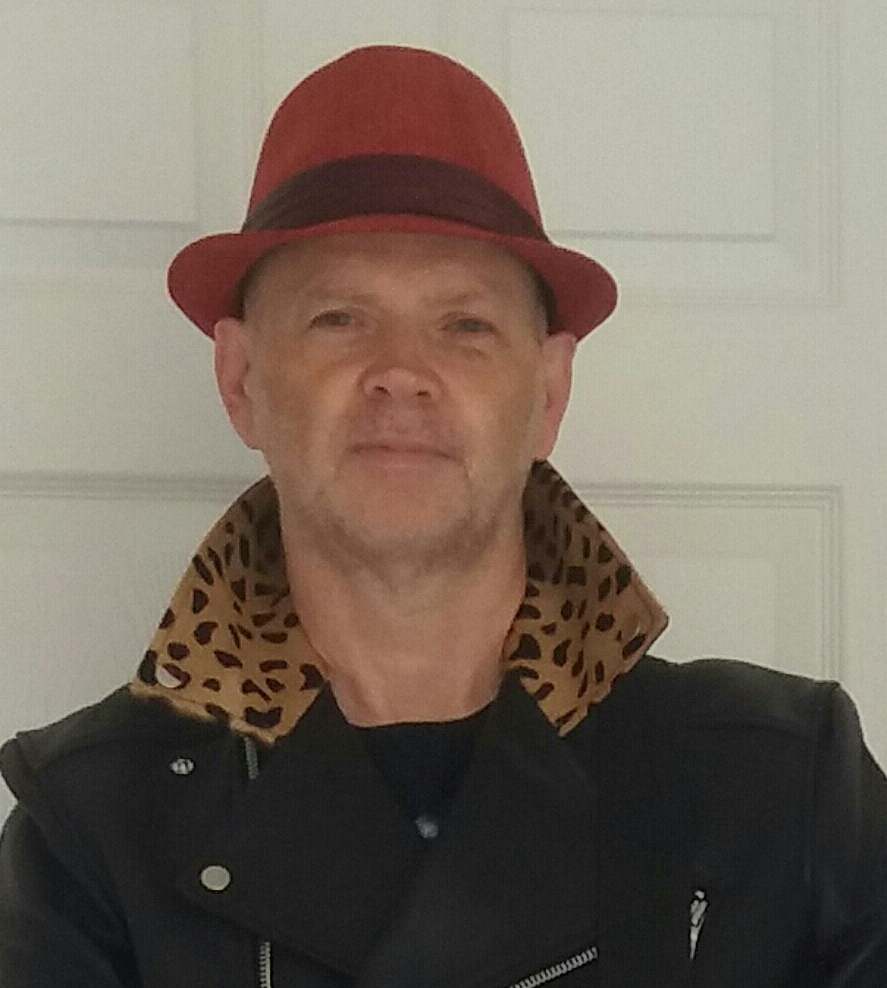Judas Priest, Queen, Cheap Trick and Neil Young: Four Killer Live Albums Turn 40
Behold four 1979 releases that have aged a lot more gracefully than Steve Martin's 'The Jerk.'

As some of you GW print readers might be aware, we’ve been celebrating the 40th anniversary of a host of noteworthy guitar albums from 1979 — an interesting and transitional (not to mention habitually overlooked) year in rock. Today we celebrate four truly classic live albums from that year (and we’ve thrown in a few honorable mentions for good measure). For more 1979 stories, be sure to check out the August, September and October 2019 issues of Guitar World!
Judas Priest, Unleashed in the East
Released: September 17, 1979
Standout Track: “Victim of Changes”
Priest’s first live album. It turns out that most of the vocals were overdubbed later in the studio (according to vocalist Rob Halford) due to problems with the live recording process. Priest had always had a strong following, even before they suddenly found the knack of turning out crossover hit singles on 1980’s British Steel.
Guitarists KK Downing and Glenn Tipton have long been underrated, possibly because at the time Priest were peaking commercially, the new era of shred was just starting to emerge in the likes of Eddie Van Halen, whose radical reworking of the expected norms of rock guitar made everyone sound like yesterday’s news.
This album’s live renditions of Priest favorites (including “Running Wild,” “Exciter” and “Sinner”) were taken at a faster tempo and boast an added bite and edge that shades the studio versions. This is easily one of the best in the Priest catalog. In fact, when Tipton and Downing discussed the album with Guitar Player in 1983, Downing told Mike Varney that if he were to recommend one album at that time to best represent Priest in general and his solos in particular, it would be Unleashed.
Cheap Trick, At Budokan
Released: February 1979 (U.S), October 8, 1978 (Japan)
Standout Track: “I Want You to Want Me”
Recorded live (and originally released) in 1978, At Budokan was intended for release only in Japan. However, import sales were so strong that it got a formal Stateside release in early ’79 — and actually became the band’s best-selling album. It spawned two monster hits, “I Want You to Want Me” and a cover of Fats Domino’s “Ain’t That a Shame.”
Budokan seemed to strike a chord with the public in much the same as Frampton Comes Alive! did for Peter Frampton in ’76, expanding their audience and becoming their defining album for many fans. Highlights abound, but “Surrender” and “Come On, Come On” are as strong as the hits.
Get The Pick Newsletter
All the latest guitar news, interviews, lessons, reviews, deals and more, direct to your inbox!
Several decades ago, Rick Nielsen told Guitar Player why he thought the album was so successful: “Our first three records weren’t getting a ton of airplay in the States, but in Japan we had three Number 1 hit singles. We were gigging constantly. When Budokan came out, people thought, ‘Oh, I saw them open for Kiss, I saw them with Queen, or I saw them with AC/DC. I remember that song in concert.’ The tunes just sounded different than the studio versions — more mistakes and more [of a] live feel. I think for the people that had seen us in ’77, ’78 and ’79 but hadn’t really heard us on the radio — it reminded them of us.”
Queen, Live Killers
Released: June 22, 1979
Standout Track: “Brighton Rock”
A live double album produced by the band. Highlights include a hard-hitting, extended blast through “Keep Yourself Alive” (always one of their hardest-rocking tracks anyway), “Sheer Heart Attack” and Brian May’s tour de force, “Brighton Rock.” Also worth a mention is the album-opening, revved-up blast through “We Will Rock You,” which knocks the socks off the more familiar-paced version.
Listening to the record again recently, it’s hard to understand why it received so much negative press other than the usual vagaries of fashionability in the post-punk fall-out years. This is the only one of Queen’s many live albums to focus so heavily on their early period — and for that reason alone, it’s the go-to album for any fan of the band’s “classic rock” years, before they started to diversify into other, perhaps more commercial, genres.
Several years ago, Brian May discussed his “Brighton Rock” solo: “I started messing around with the Echoplex, the delay that was available at the time. I turned up the regeneration until it was giving me multiple repeats. I discovered you could do a lot with this — you could set up rhythms and play against them, or you could play a line and then play a harmony to it. Eventually, I had two home-adapted Echoplexes. I discovered that if you put each echo through its own amp, you wouldn’t have any nasty interference between the two signals. Each amp would be like a full-blown, sustaining, overdriven guitar that didn’t have anything to do with the other one.”
Neil Young, Rust Never Sleeps
Released: June 22, 1979
Standout Track: “My My Hey Hey (Into the Black)”
Recorded live in 1978, this album was ranked highly on just about everybody’s best-of-the-year list. The album features mainly live tracks, acoustic on side one and electric on the other (This was back when you had to flip a record over to hear the whole thing). There also are a couple of studio tracks, “Sail Away” and “Pocahontas.”
Opening and closing the album with two very different versions of “My My Hey Hey,” Young explicitly spells out his manifesto: “Rock and roll is here to stay.” Sonically the electric material, which features Crazy Horse lending their weight to Young’s primal grinding vibe, points the way for much of the later grunge movement.
Young has always been a fearless soloist, revelling in the power and the glory of a cranked Les Paul, and this album is an ideal introduction to the two sides of his work. The essence of the Young sound, featuring his battered Les Paul into a 1959 tweed Fender Deluxe, fed into a Magnatone 280 vibrato combo and a Baldwin Exterminator.
The stage rig is rounded out by a 25-watt tweed Fender Tremolux rebiased to run at 40 watts, as well as a high-powered, four-6L6 tweed Fender Twin. Effects-wise, at this time Young was using a Mu-Tron octave divider, an MXR analog delay, a Boss BF-1 Flanger and an Echoplex. Phew!
THREE LIVE HONORABLE MENTIONS FROM 1979
Muddy Waters, Muddy “Mississippi” Waters Live
A live outing for the critically acclaimed hookup of Muddy Waters and Johnny Winter.
Pat Travers Band, Live! Go for What You Know
The Canadian blues-rocker’s best all-round album, featuring the highlight and a half called “Boom Boom (Out Go the Lights).” As Guitar World’s Chris Gill wrote last year, “There were a lot of great guitar bands in the late Seventies, but one of the greatest to see in concert was the Pat Travers Band.”
UFO, Strangers in the Night
This double live album, culled from performances from six 1978 U.S. dates, spawned the minor hit singles “Doctor Doctor” and “Shoot Shoot.” This was the last UFO album to feature “mad axeman” Michael Schenker — who left at the end of the tour — until 1993. Actually, we’ll be covering this album more deeply in a little while. Stay tuned for the full story, which includes a mini interview with Schenker!
Mark is a freelance writer with particular expertise in the fields of ‘70s glam, punk, rockabilly and classic ‘50s rock and roll. He sings and plays guitar in his own musical project, Star Studded Sham, which has been described as sounding like the hits of T. Rex and Slade as played by Johnny Thunders. He had several indie hits with his band, Private Sector and has worked with a host of UK punk luminaries. Mark also presents themed radio shows for Generating Steam Heat. He has just completed his first novel, The Bulletproof Truth, and is currently working on the sequel.










